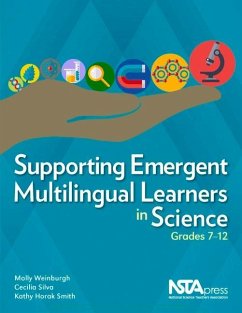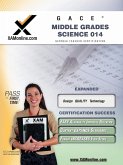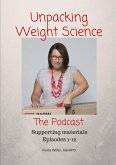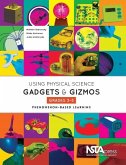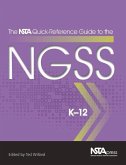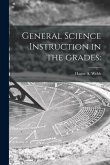Many middle and high school teachers are educated to teach science content-- they don't anticipate that one day they may be teaching it to students who need to learn both content and English. If the day has come when you're facing that two-pronged challenge, here's the resource you need. Supporting Emergent Multilingual Learners in Science combines science-teaching strategies with down-to-earth help for emergent multilingual learners (EMLs). Grounded in solid research, this book shows you how to put into practice the 5R Instructional Model: Replace, Reveal, Repeat, Reposition, and Reload. It's a framework for creating instructional strategies that provide authentic language-learning opportunities within your inquiry-based science classroom. The book begins by laying out the need for a special approach to integrating science and language and also outlines the 5R model. It then moves from theory to practice by focusing on each of the five Rs and showing how they play out in specific situations. The book ends with " Voices From Teachers," offering examples from actual classrooms so you can learn from experienced colleagues how the 5R model works as a tool to develop science lessons. The authors of Supporting Emergent Multilingual Learners in Science have diverse backgrounds in science, mathematics, and bilingual education. Drawing on the intersection of these areas, they show how you can reduce conflicts and enhance connections between inquiry teaching and language instruction. The authors know, as they write in the book's introduction, that " regardless of your background and current teaching assignment, you are interested in helping EMLs become successful."
Hinweis: Dieser Artikel kann nur an eine deutsche Lieferadresse ausgeliefert werden.
Hinweis: Dieser Artikel kann nur an eine deutsche Lieferadresse ausgeliefert werden.

